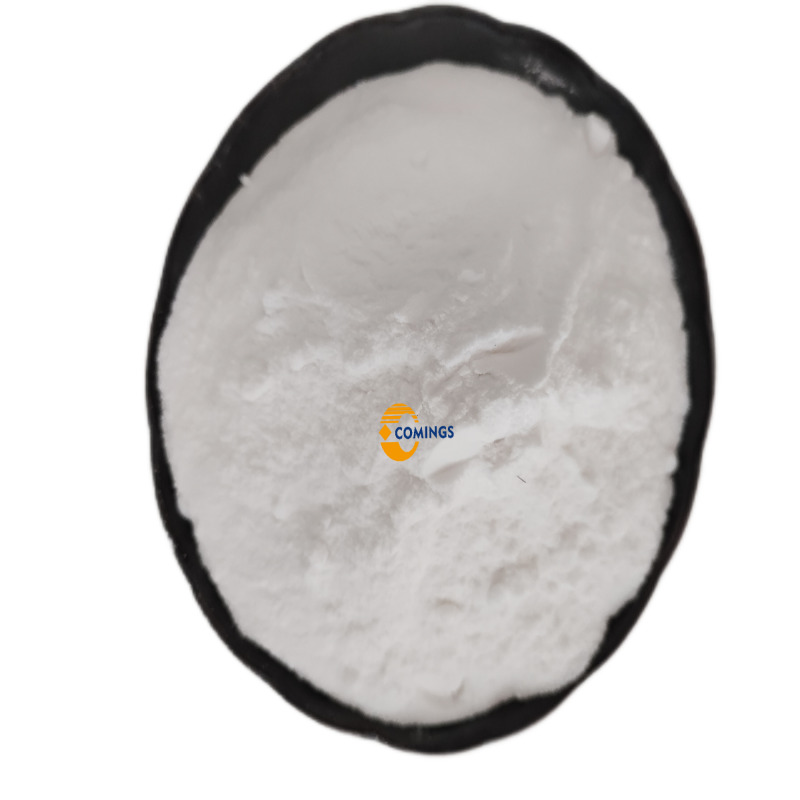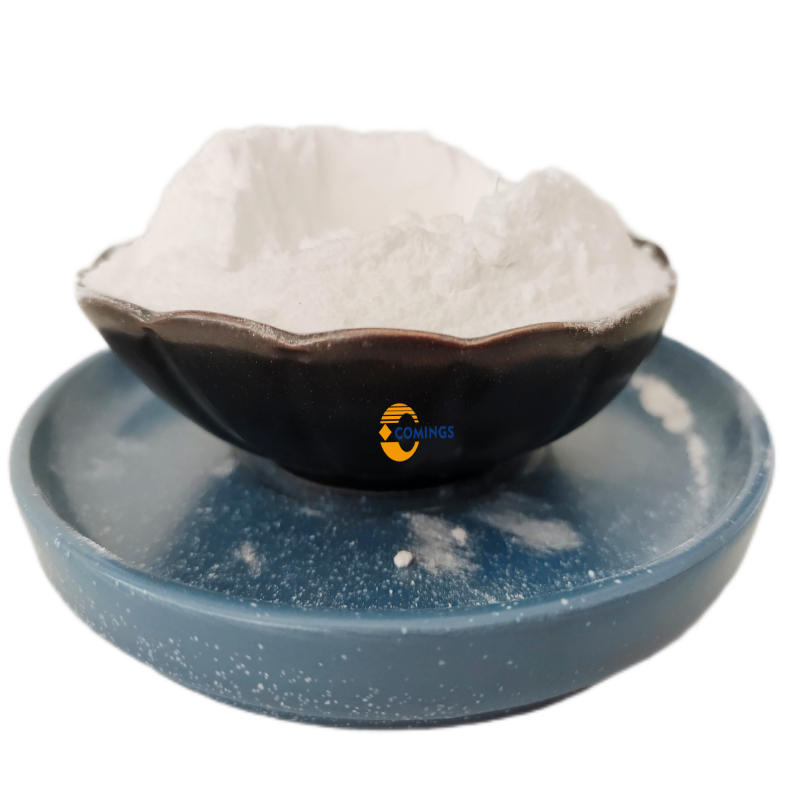-
Categories
-
Pharmaceutical Intermediates
-
Active Pharmaceutical Ingredients
-
Food Additives
- Industrial Coatings
- Agrochemicals
- Dyes and Pigments
- Surfactant
- Flavors and Fragrances
- Chemical Reagents
- Catalyst and Auxiliary
- Natural Products
- Inorganic Chemistry
-
Organic Chemistry
-
Biochemical Engineering
- Analytical Chemistry
-
Cosmetic Ingredient
- Water Treatment Chemical
-
Pharmaceutical Intermediates
Promotion
ECHEMI Mall
Wholesale
Weekly Price
Exhibition
News
-
Trade Service
▎Editor of WuXi AppTec's content team.
In 1930, a doctor from the University of Sheffield used an experimental drug that had not yet been clinically tested in St Mary's Hospital, London, UK to treat two eyes Infected baby
.
The medicine was provided by the doctor’s teacher, Alexander Fleming, and was a crude filter of a penicillium culture
.
This is one of the earliest records of treatment with penicillin
.
Over the past 90 years, penicillin and other similar antibiotics have changed the history of human fight against bacteria and saved hundreds of millions of lives
.
On the other hand, with the massive use of antibiotics and the rapid evolution of bacteria, bacteria resistant to antibiotics are prevalent all over the world, becoming a new public health crisis
.
For example, there is a kind of methicillin-resistant Staphylococcus aureus (MRSA) called super bacteria, which is resistant to many antibiotics and has become an important challenge in infection prevention and control
.
Recently, researchers from the University of Sheffield, in collaboration with Xiamen University in China, Masaryk University in the Czech Republic, and McMaster University in Canada, have revealed for the first time the mechanism by which β-lactam antibiotics such as penicillin can kill bacteria
.
Professor Simon Foster, who led this international team, commented: “Through a deep understanding of the working principles of existing antibiotics, it provides ideas for the development of new therapies against drug-resistant bacteria
.
"Penicillin belongs to the β-lactam antibiotics, which is a large group of antibiotics with β-lactam rings in the chemical structure
.
Previous studies have suggested that this type of antibiotics hinder the growth of the cell wall specific to bacteria, thereby inhibiting bacterial infections
.
However, How antibiotics kill bacteria has been a mystery in the past few decades
.
For many bacteria, the cell wall is like a protective net wrapped around the periphery, formed by cross-linking peptidoglycans composed mainly of sugars and amino acids.
The growth, division and survival of bacteria are crucial
.
Now, scientists have finally figured out how antibiotics kill bacteria by studying how bacteria maintain their cell walls and how antibiotics destroy cell walls
.
▲Methicillin-resistant golden yellow grapes Cocci (MRSA) (picture source: Reference [2]; Credit: Simon Foster / University of Sheffield) Scientists established a model to study how the cell wall expands during the growth and division of bacteria, and examined how the cell wall is exposed to antibiotics such as penicillin What happens when inhibited
.
Subsequently, the researchers combined a variety of experimental methods to verify the prediction results of the model
.
They revealed that β-lactam antibiotics punch holes in the cell wall of MRSA and penetrate the entire cell wall
.
With As the cells grow, the holes expand
.
Eventually, the holes in the cell wall become larger and larger, causing the death of the bacteria
.
Researchers have identified two enzymes that can destroy peptidoglycan and participate in the process of perforating the cell wall
.
This discovery is How to target the cell wall to kill super bacteria provides a new target
.
Based on the understanding of peptidoglycan synthesis and hydrolysis, scientists have demonstrated the efficacy of a new combination therapy against Staphylococcus aureus by regulating the activities of two enzymes
.
It is expected that new scientific discoveries will bring new control schemes to the control of pathogens and prevent large-scale outbreaks of drug resistance
.
Reference: [1] Bartlomiej Salamaga et al.
, (2021) Demonstration of the role of cell wall homeostasis in Staphylococcus aureus growth and the action of bactericidal antibiotics.
Proceedings of the National Academy of Sciences.
https://doi.
org/ 10.
1073/pnas.
2106022118[2] Scientists make breakthrough in understanding how penicillin works.
Retrieved Oct.
26, 2021 from https:// works[3] M.
Wainwright and HTSwan (1987) The Sheffield penicillin story.
Mycologist Doi: https://doi.
org/10.
1016/S0269-915X(87)80022-8






